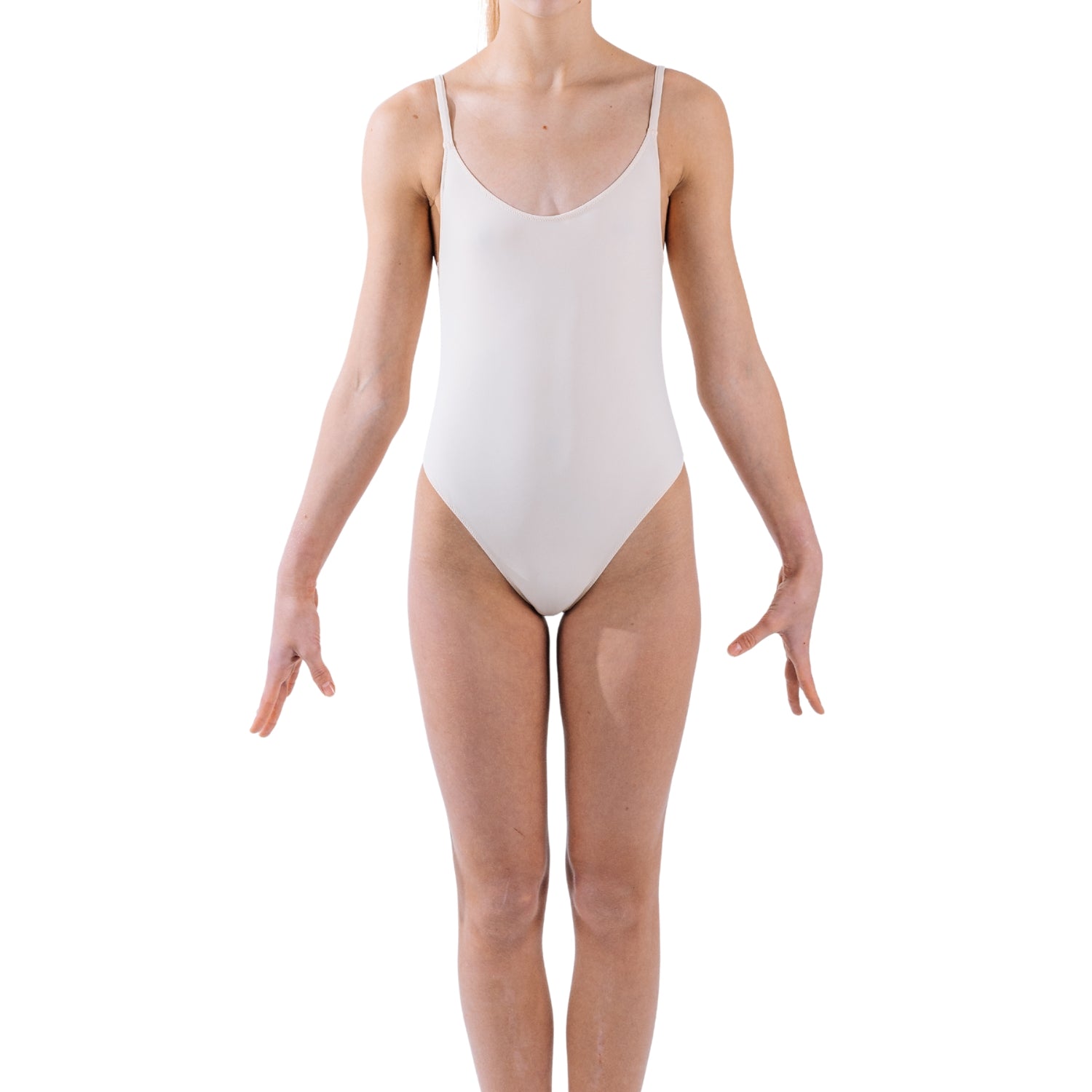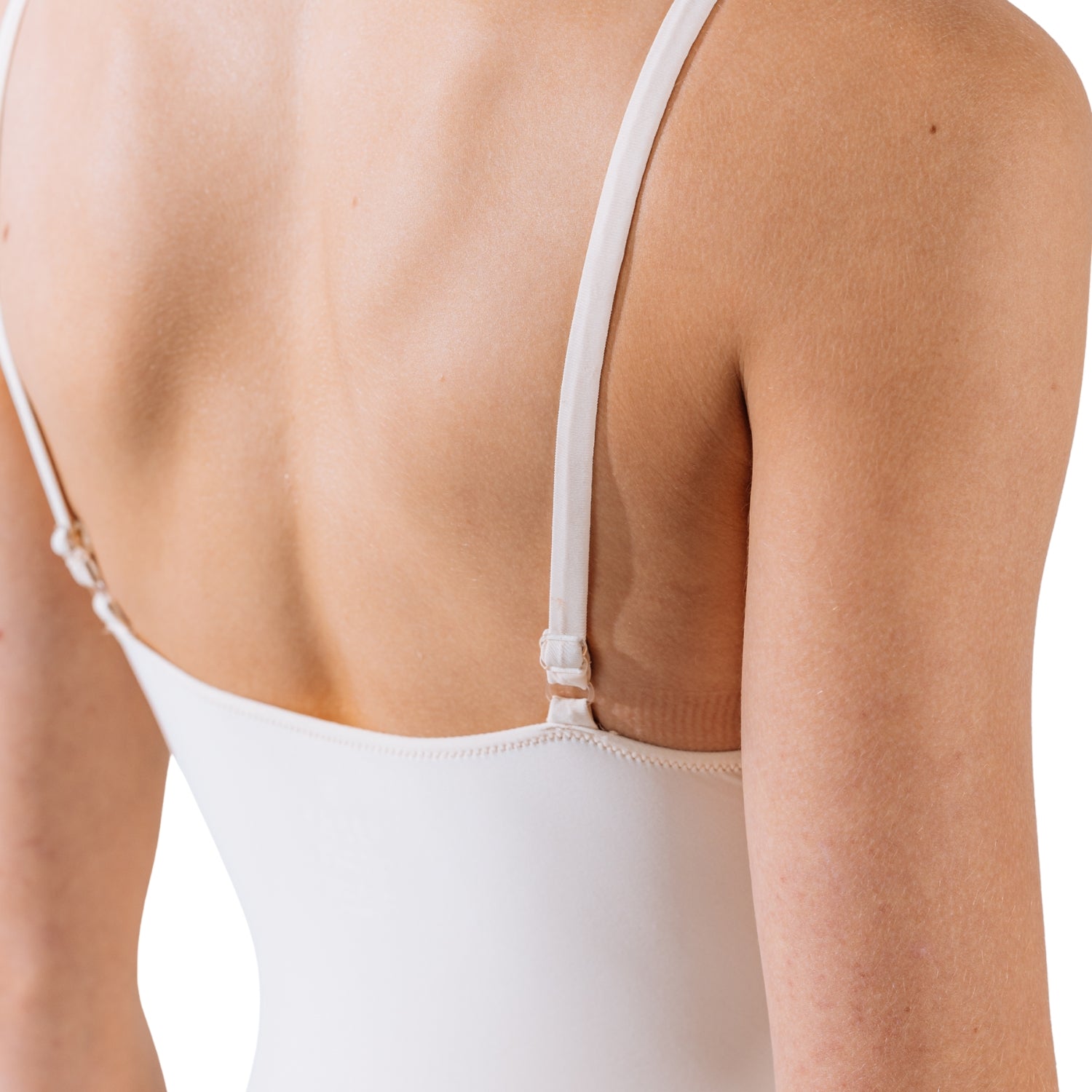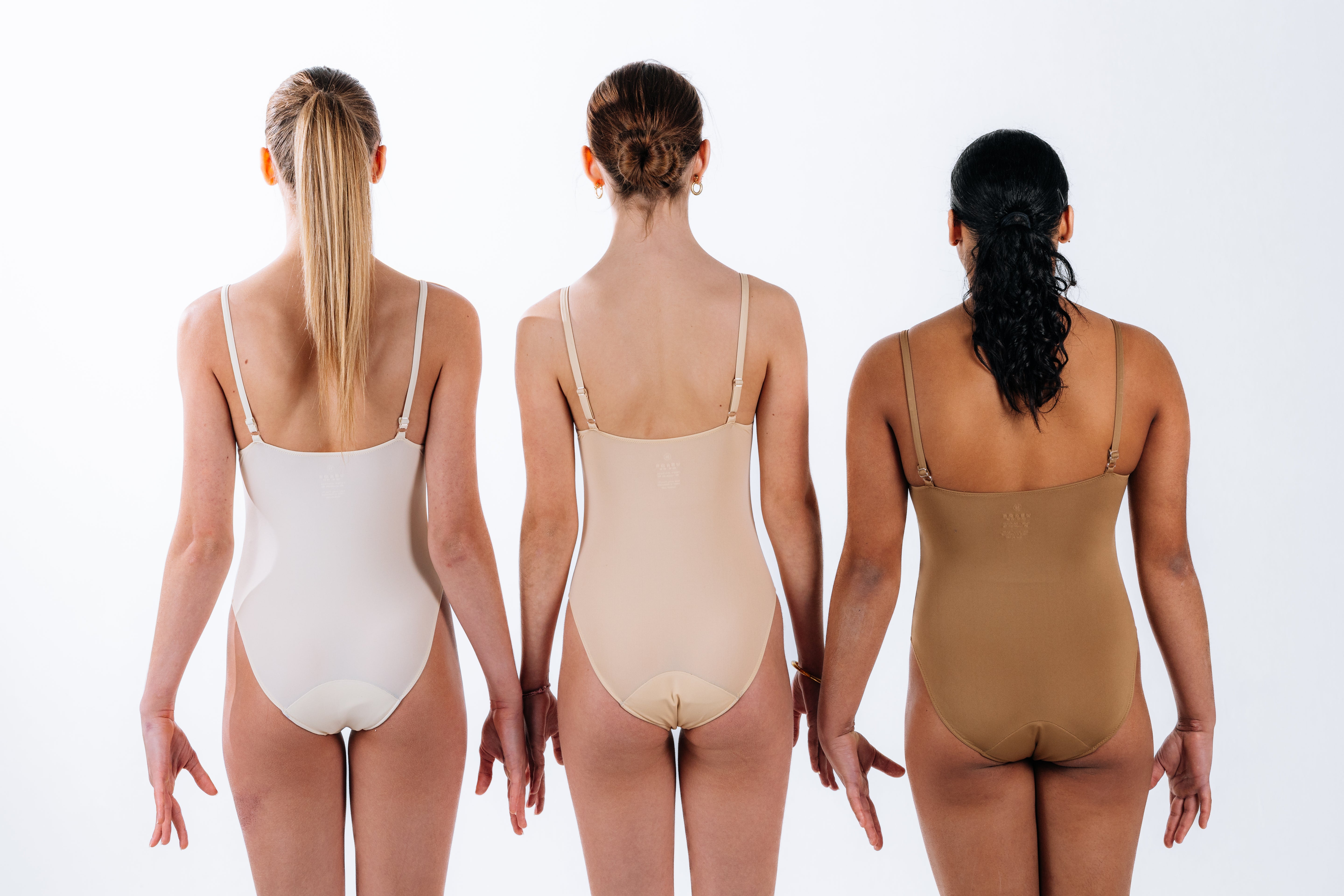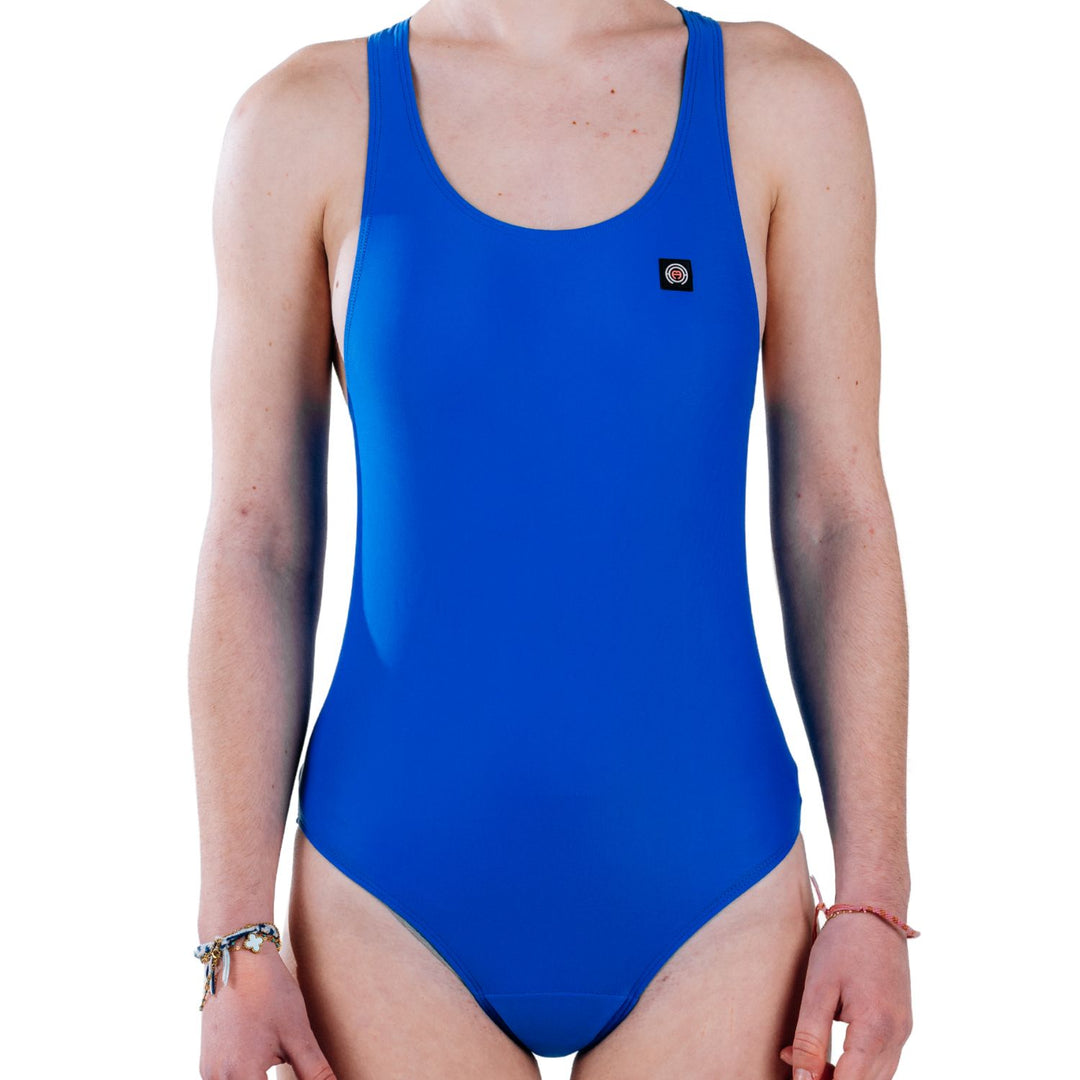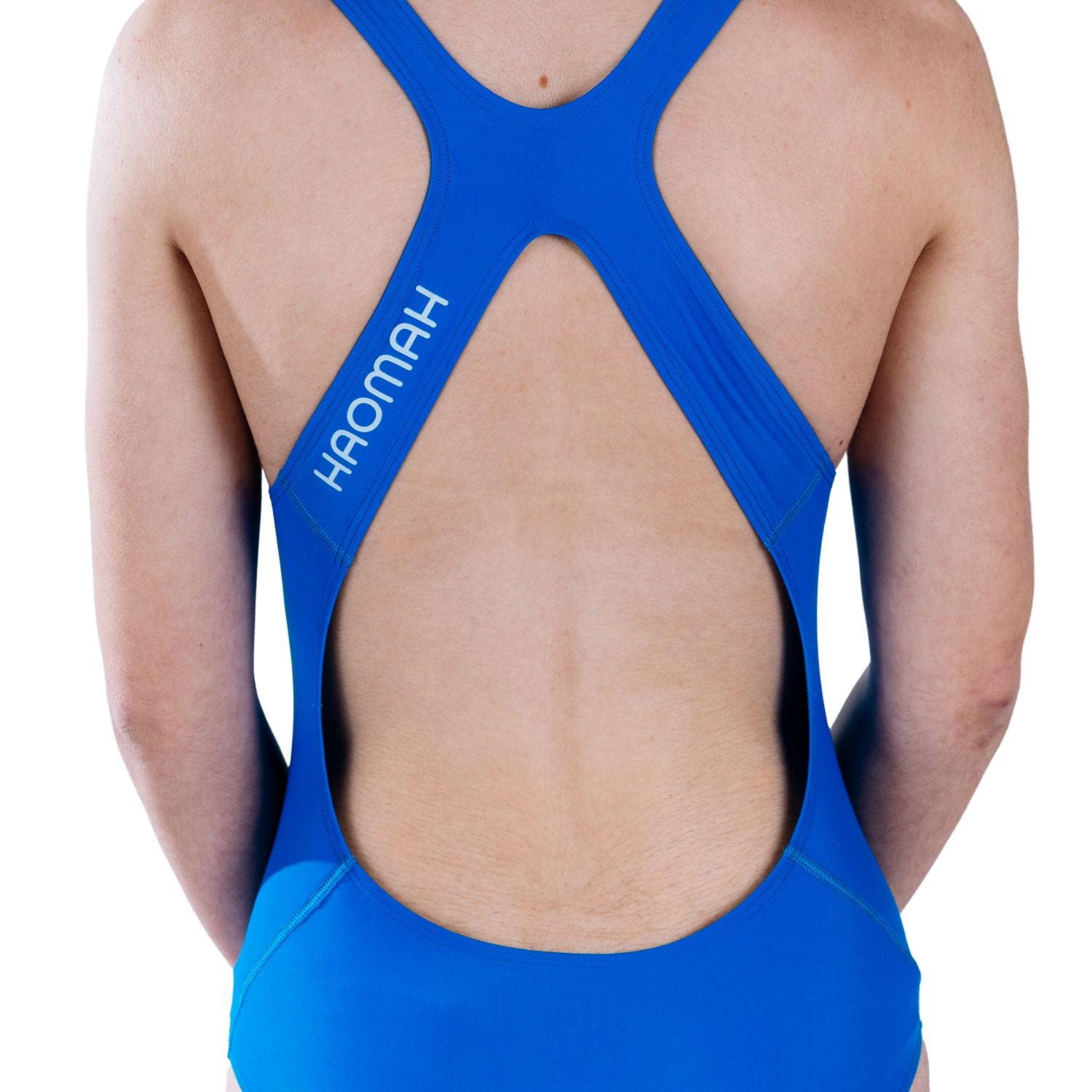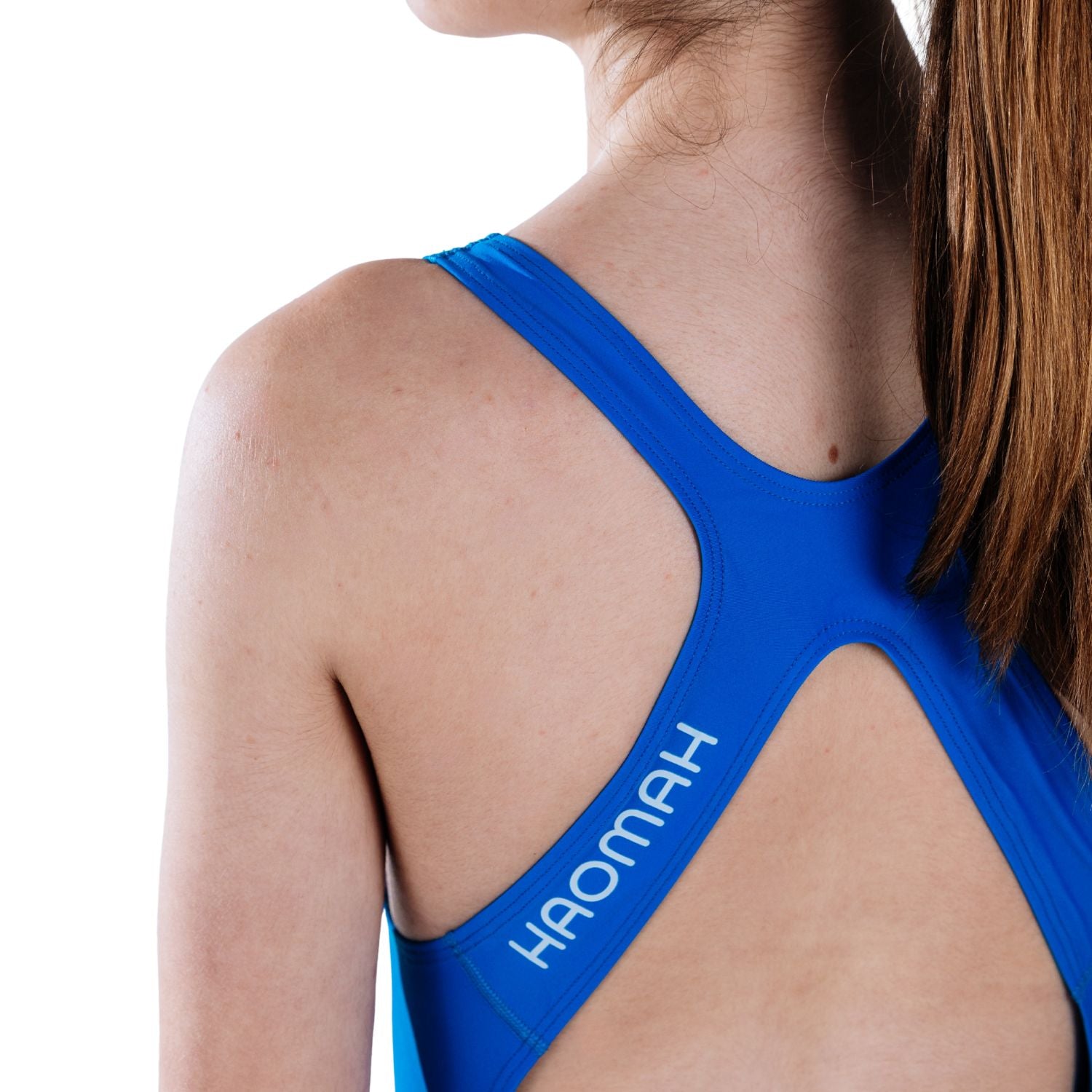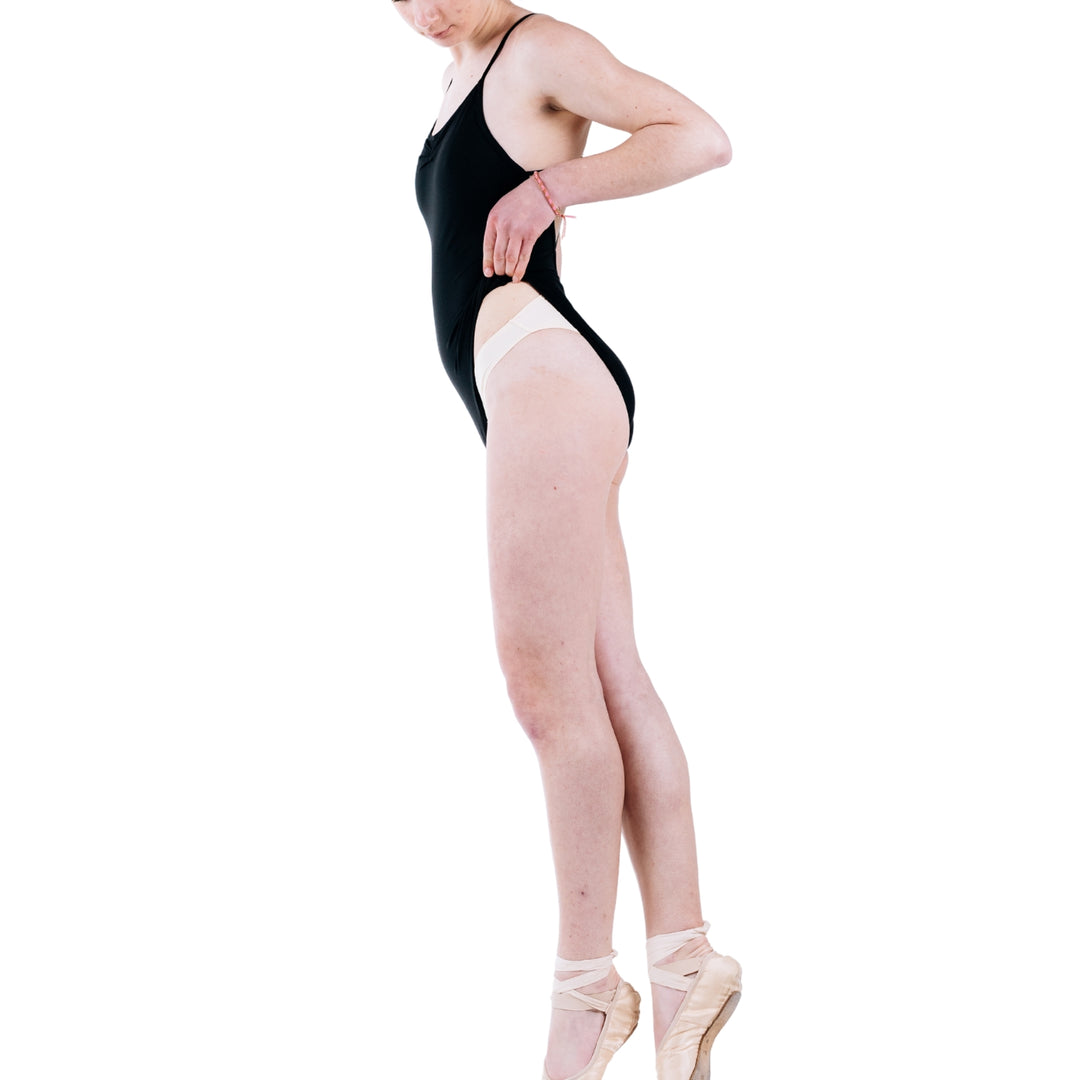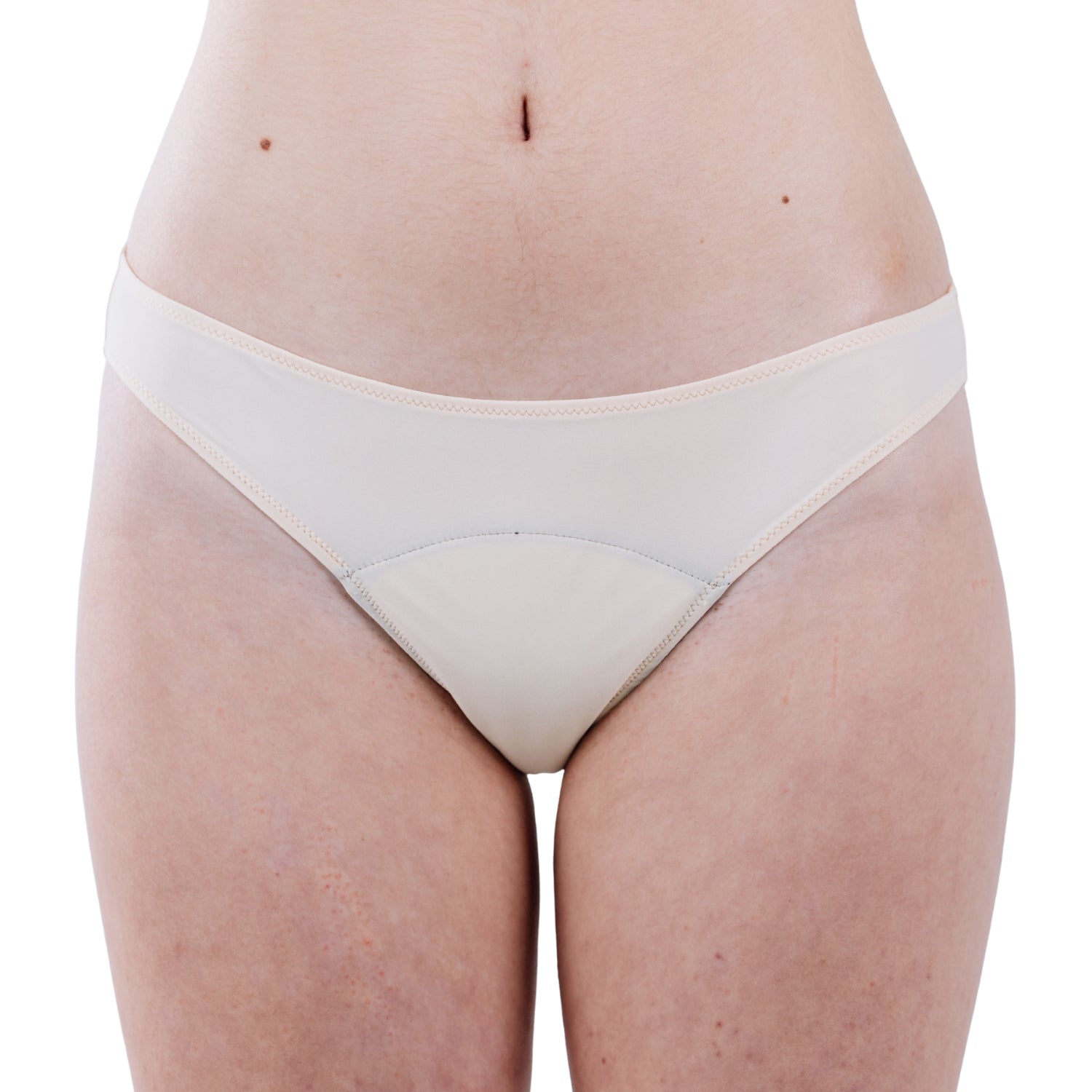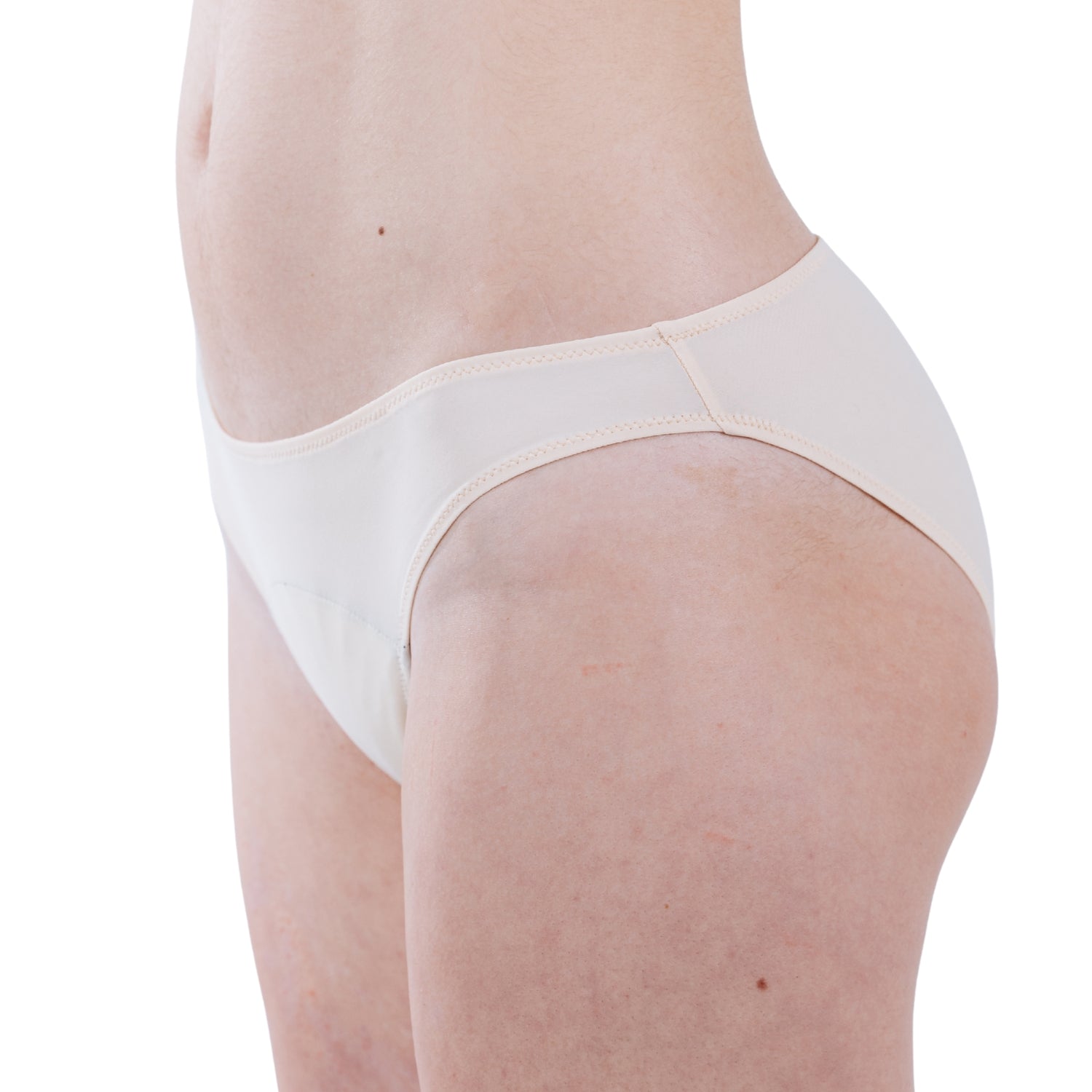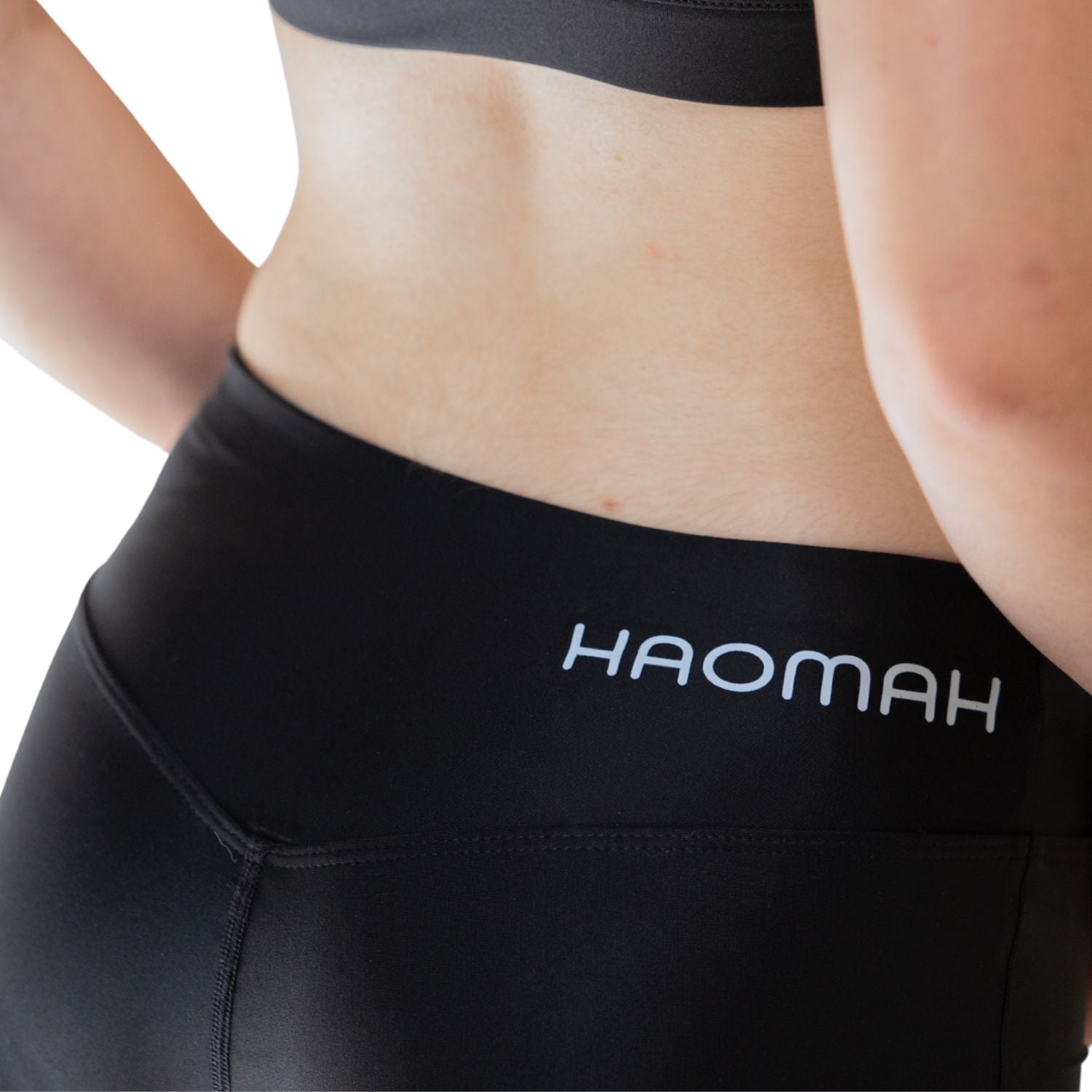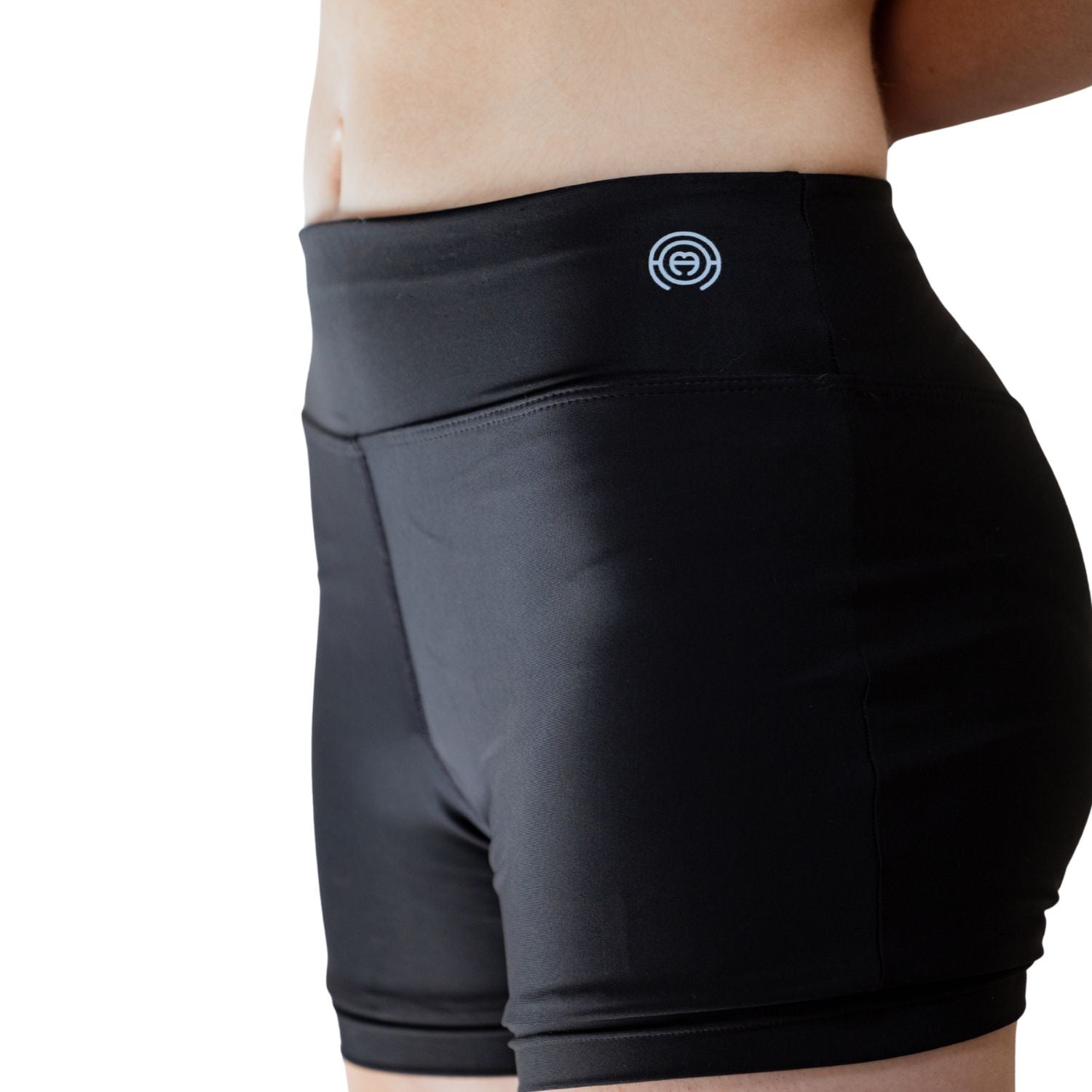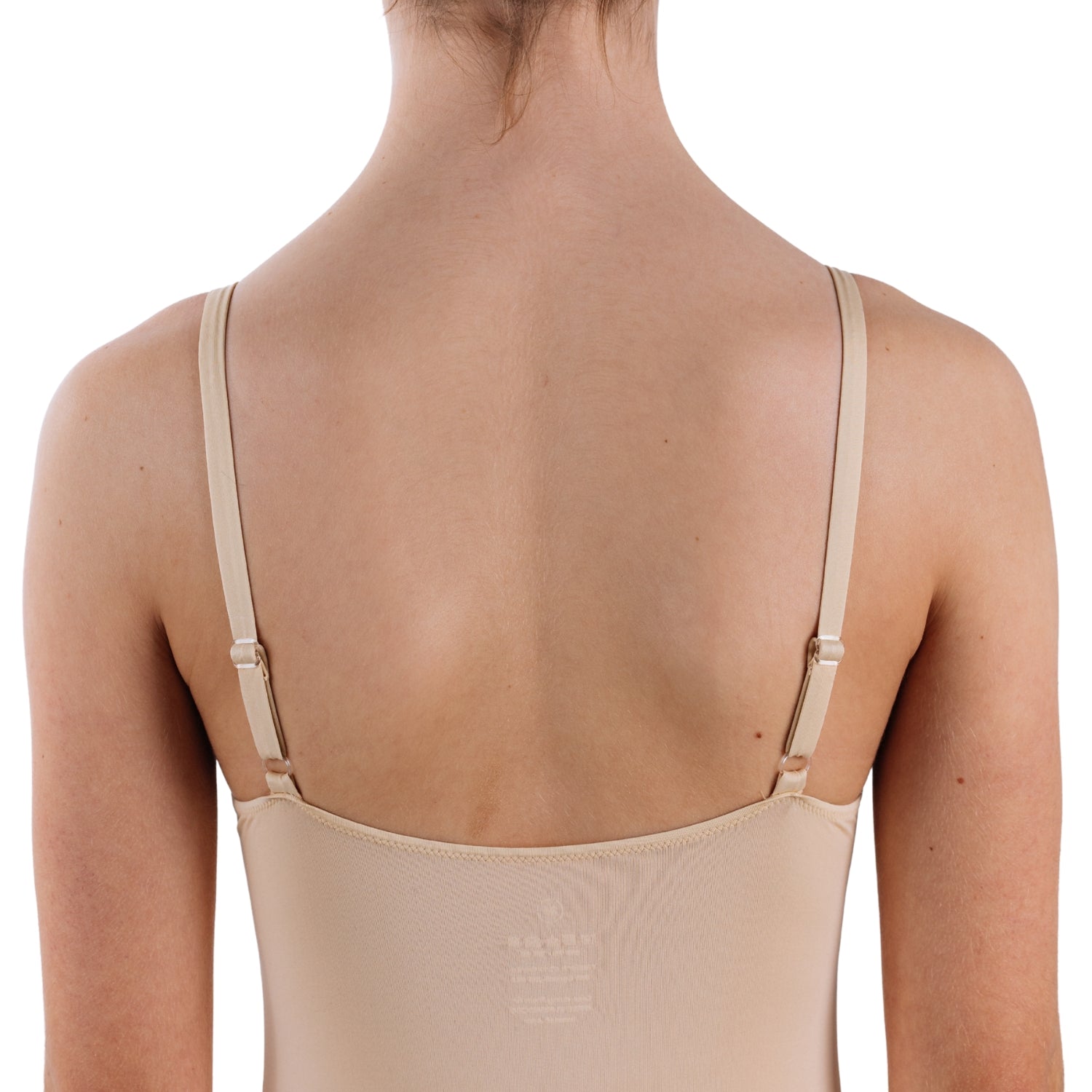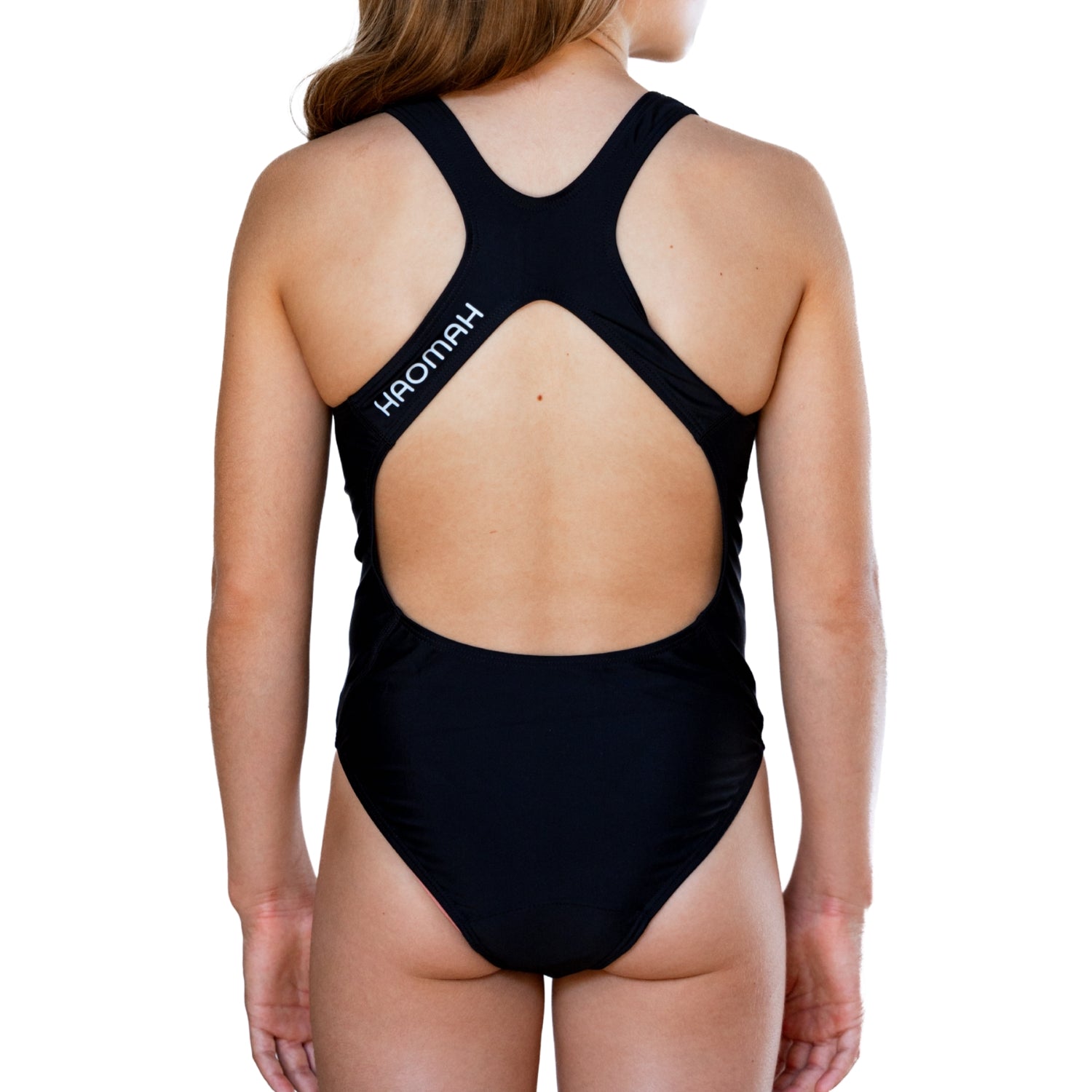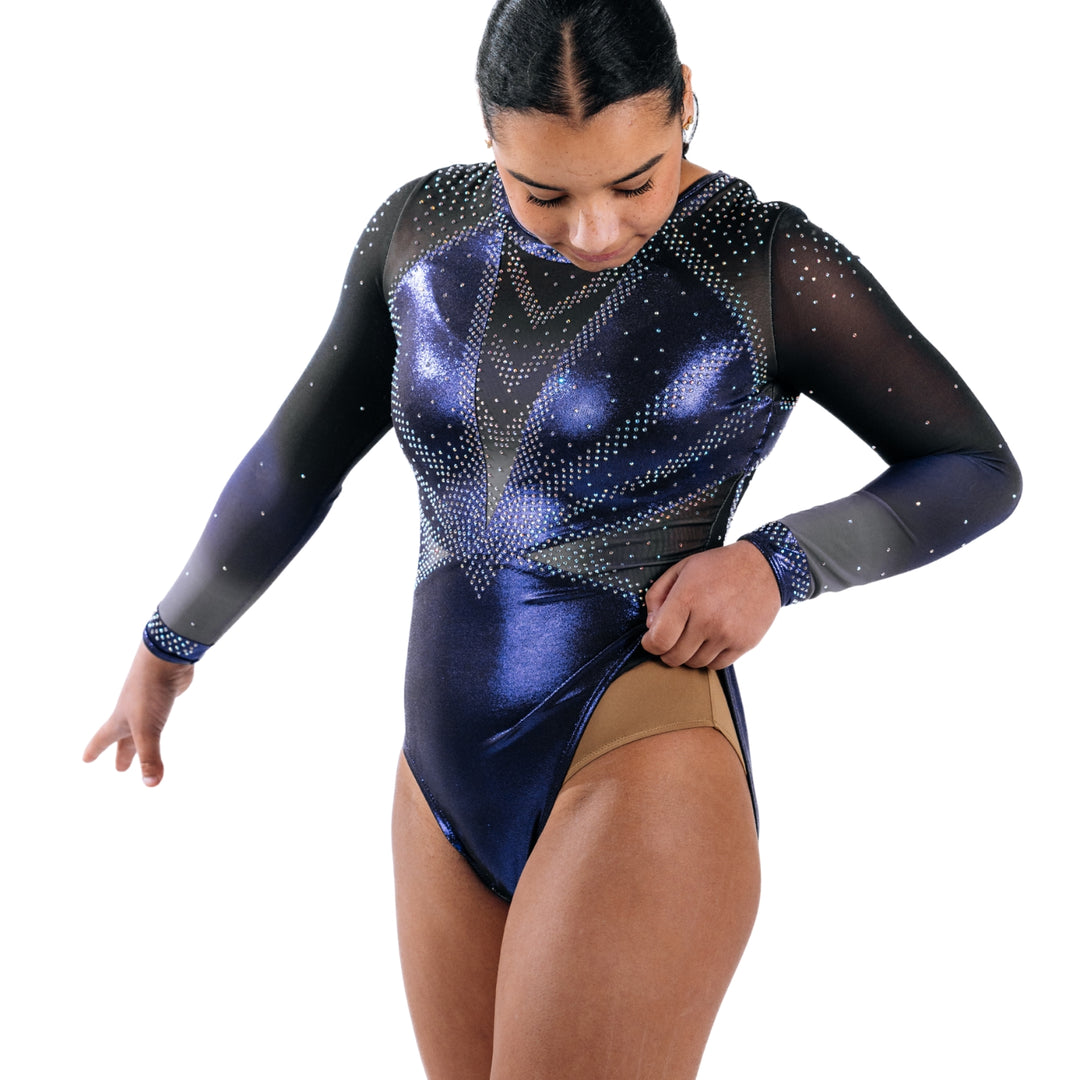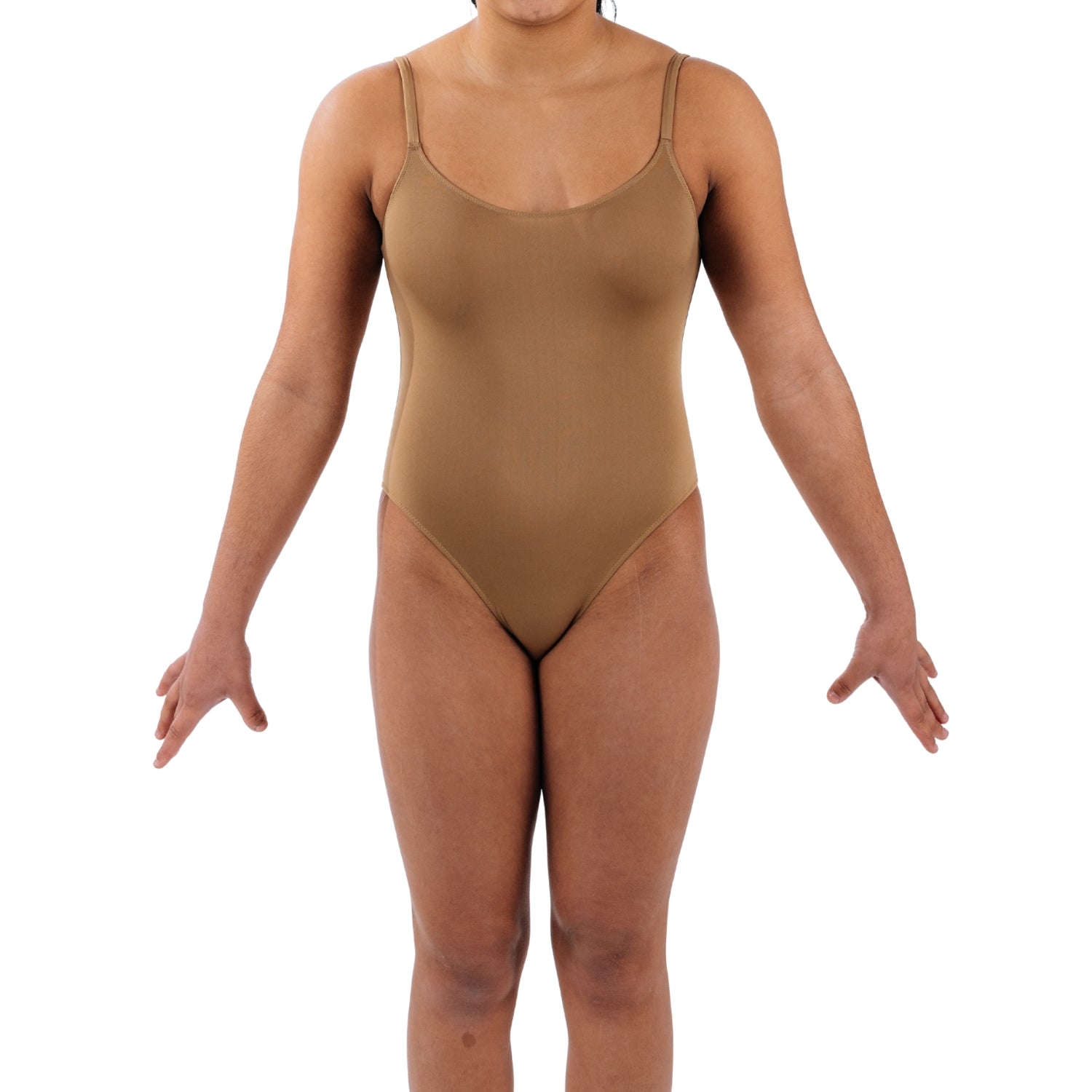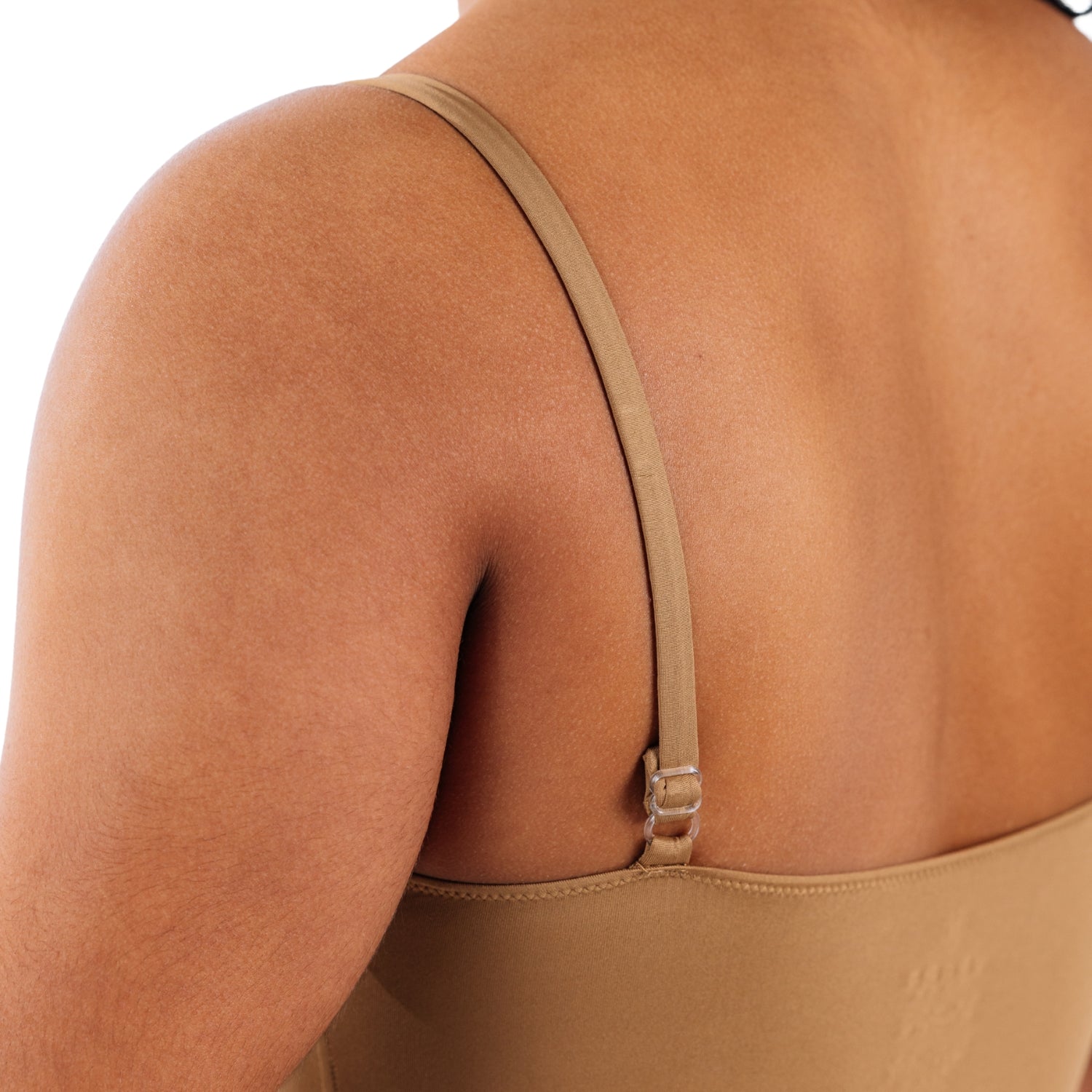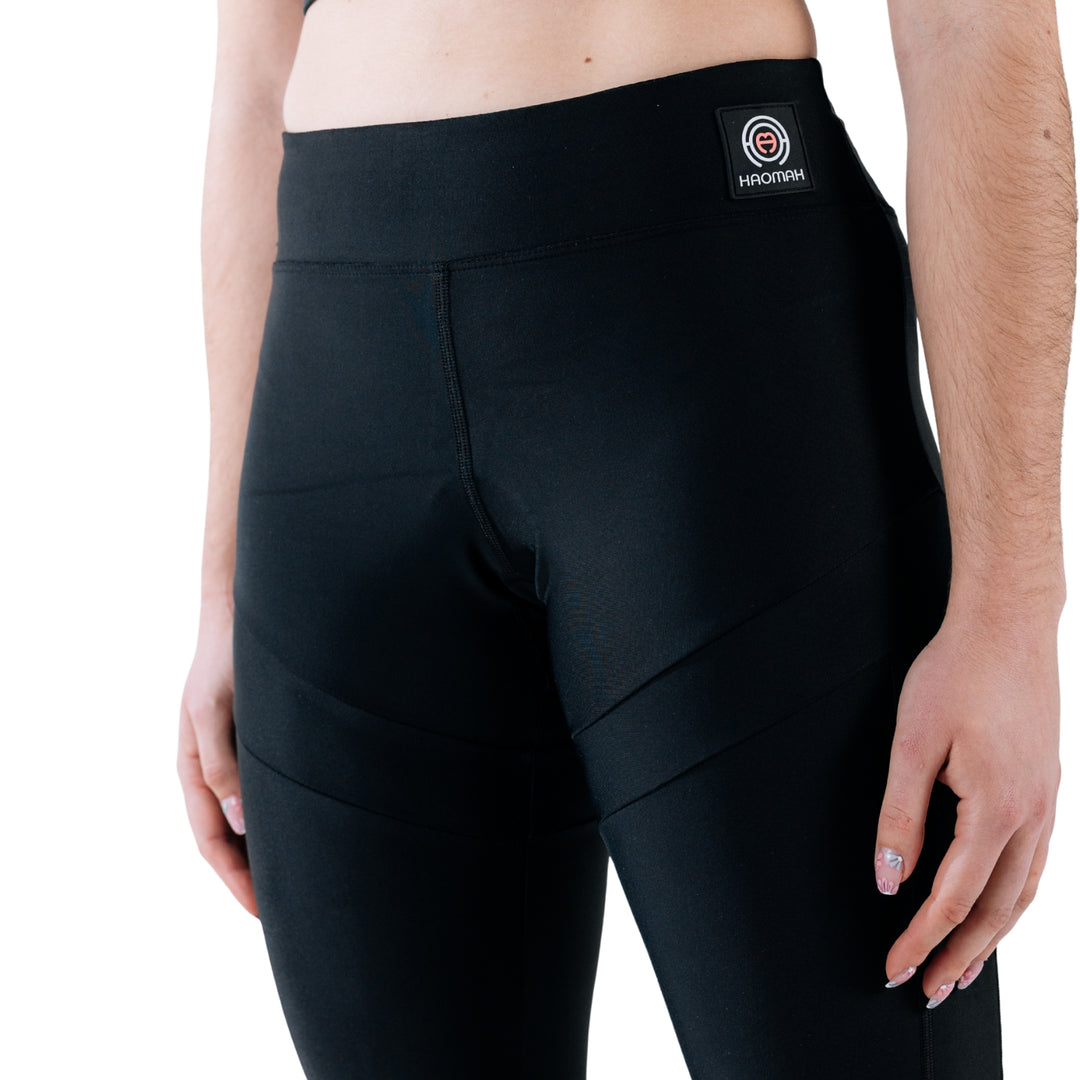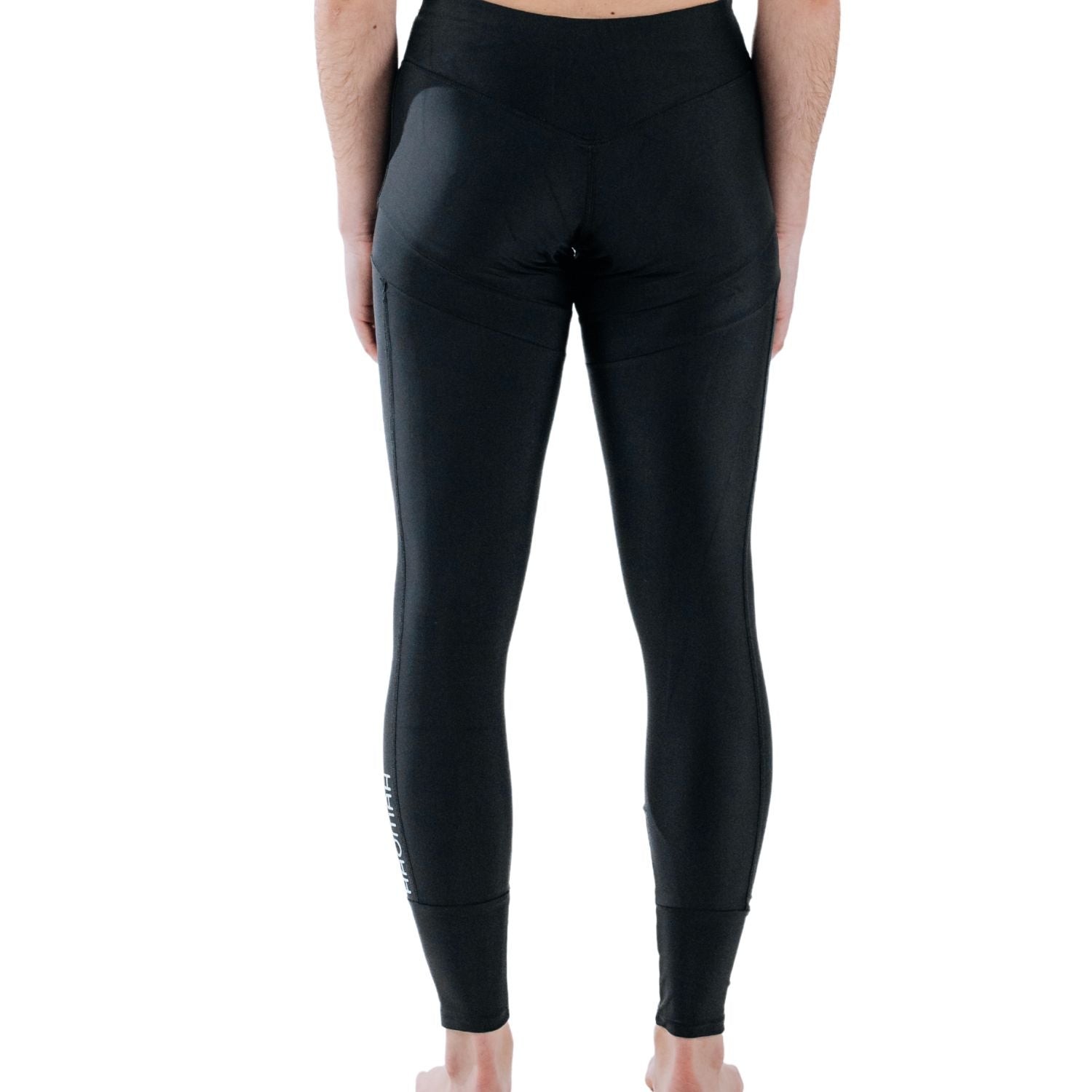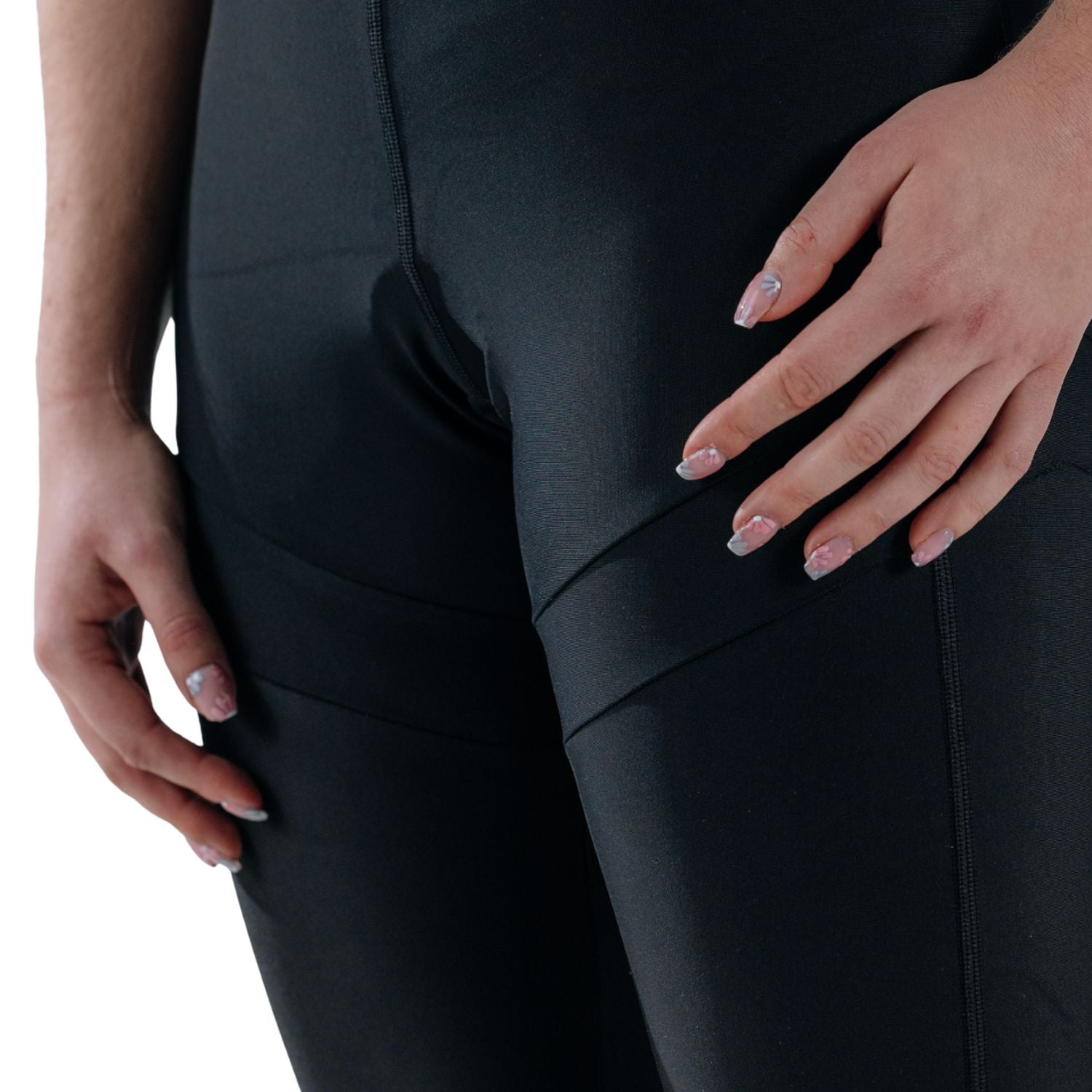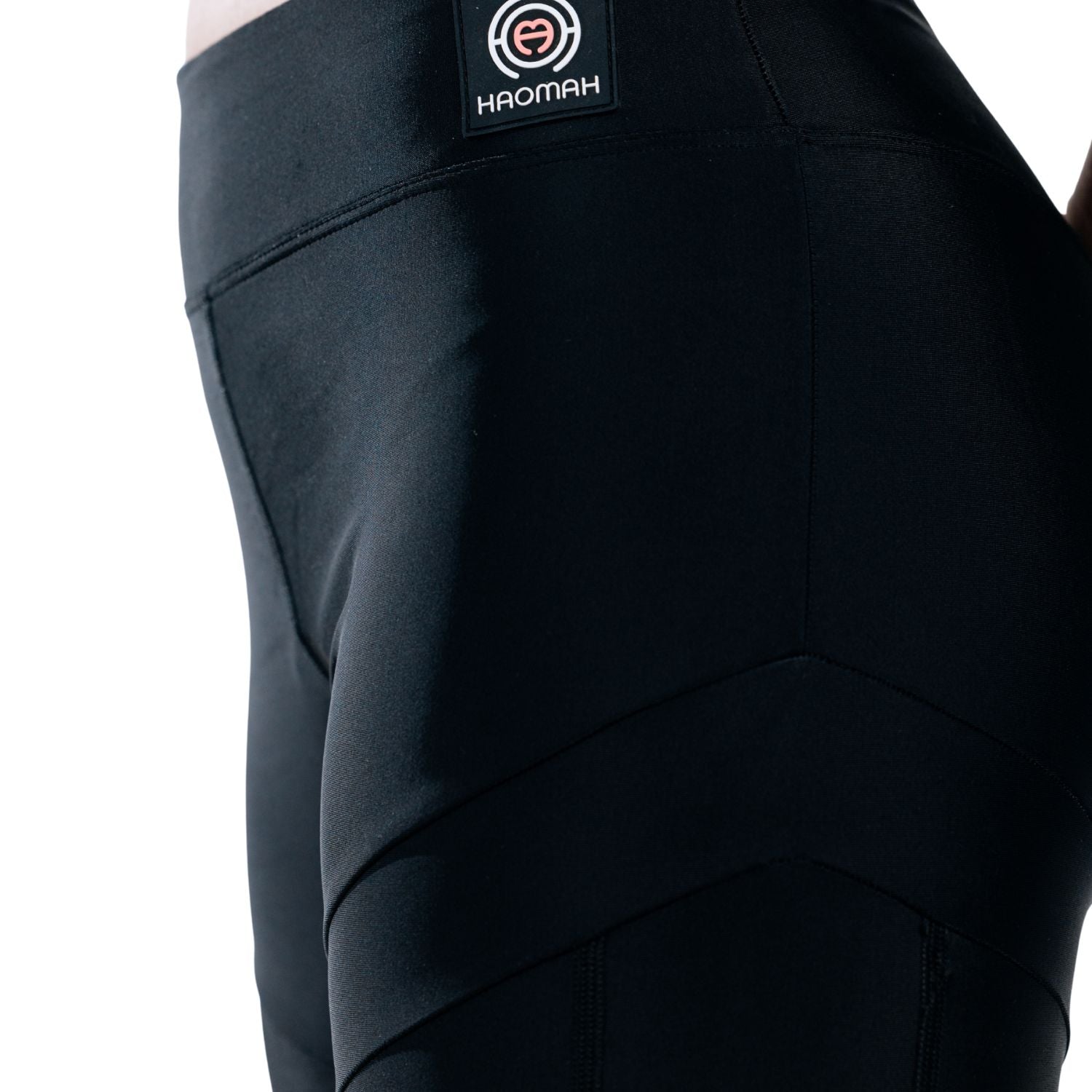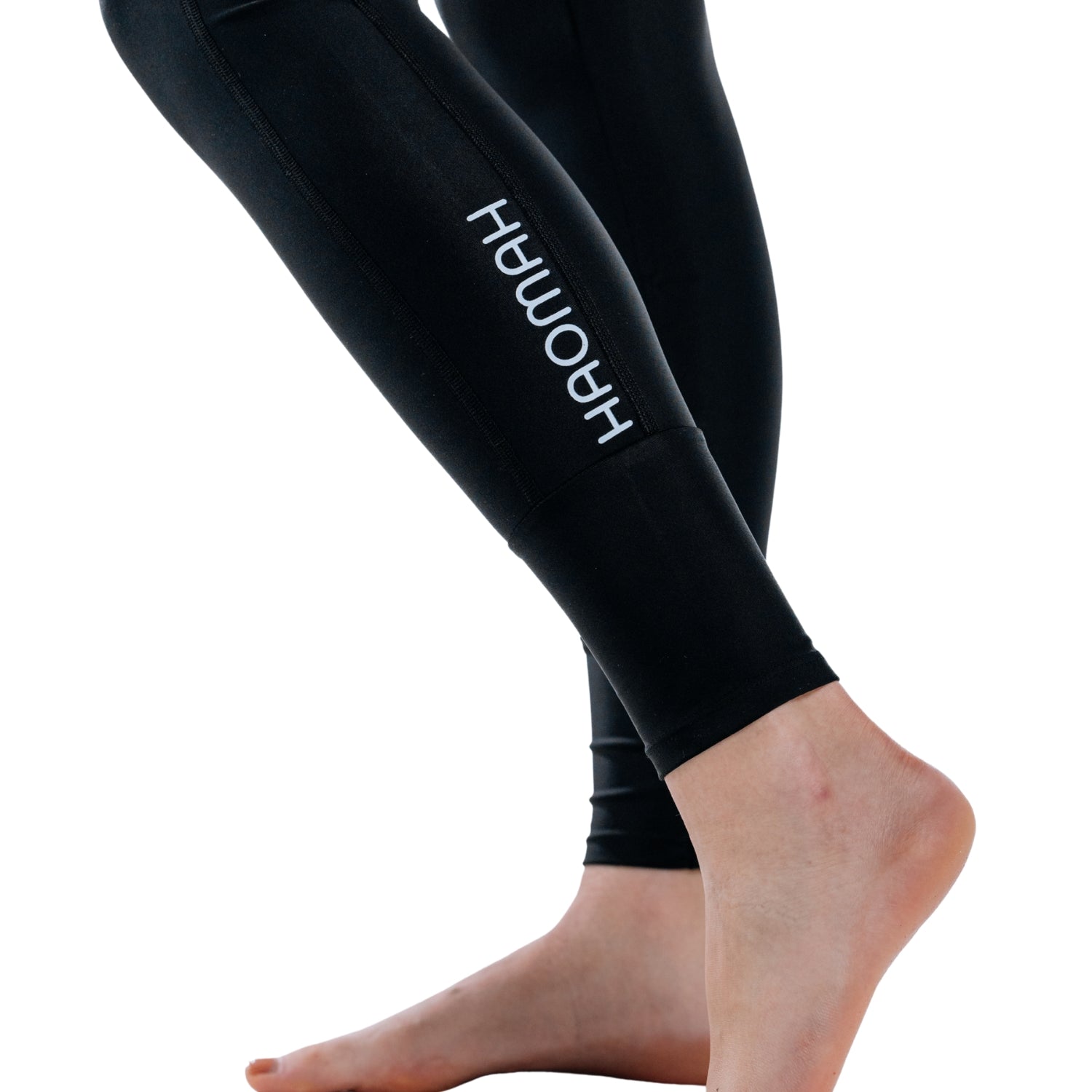What is endometriosis and is it compatible with sport?

Endometriosis is a chronic condition that affects millions of women worldwide. It is characterized by the presence of tissue similar to the lining of the uterus, called the endometrium, outside the uterine cavity. This condition can cause painful symptoms and significantly impact the quality of life of women who suffer from it. In this article, we will explore endometriosis in more detail, as well as methods for detecting and diagnosing this disease.
We will conclude on the compatibility of sports practice with endometriosis.
-> If you love sports and refuse to let your period slow you down , discover our range of menstrual clothing designed especially for sports activities!
What is endometriosis?
Endometriosis occurs when cells similar to those in the endometrium grow outside the uterus, usually on pelvic organs such as the ovaries, fallopian tubes, uterosacral ligaments, or peritoneum. These tissues, like the endometrium, react to menstrual hormones, which can lead to bleeding, inflammation, adhesions, and cyst formation.
Symptoms of endometriosis:
Endometriosis presents with a variety of symptoms that can vary from woman to woman. Common symptoms include severe pelvic pain, painful periods (dysmenorrhea), pain during intercourse (dyspareunia), heavy menstrual bleeding, digestive and urinary problems, and fertility difficulties. It's important to note that the severity of symptoms does not always correspond to the extent of the disease.
Detection and diagnosis of endometriosis:
Accurately diagnosing endometriosis requires a thorough medical evaluation. If you experience symptoms suggestive of endometriosis, consult your healthcare professional. Here are some commonly used detection and diagnostic methods:
-
Symptom Assessment: Your doctor will begin by taking your medical history and symptom history. It is essential to describe in detail the nature of your pain, its frequency, and its impact on your daily life.
-
Physical exam: Your doctor will perform a physical exam to look for signs of endometriosis, such as pain when you touch the pelvic area or the presence of cysts.
-
Ultrasound: A transvaginal or abdominal ultrasound can be used to detect endometriotic lesions, but it does not always allow a definitive diagnosis.
-
MRI (Magnetic Resonance Imaging): MRI can provide more detailed images of pelvic tissues and help locate
Sport, an unsuspected ally?
When you suffer from endometriosis, exercise is the last thing on your mind. However, physical activity could be beneficial for women with this disease. This is, at least, according to a recent study.
In 2022, Dr. Caroline Appleyard of the Ponce Research Institute in Puerto Rico found that exercise could protect rats from endometriosis. To determine the impact of exercise on reducing pain in women, Dr. Géraldine Escriva-Boulley of the University of Haute-Alsace in France launched the Crescendo study, which targeted 200 women. The initial results, which should be taken with a grain of salt, suggest that physical activity is beneficial for patients.
And in principle, any sport is possible for them, as long as they listen to their bodies.










